
Hyundai Venue facelift review
More than just a nip and tuck

Design
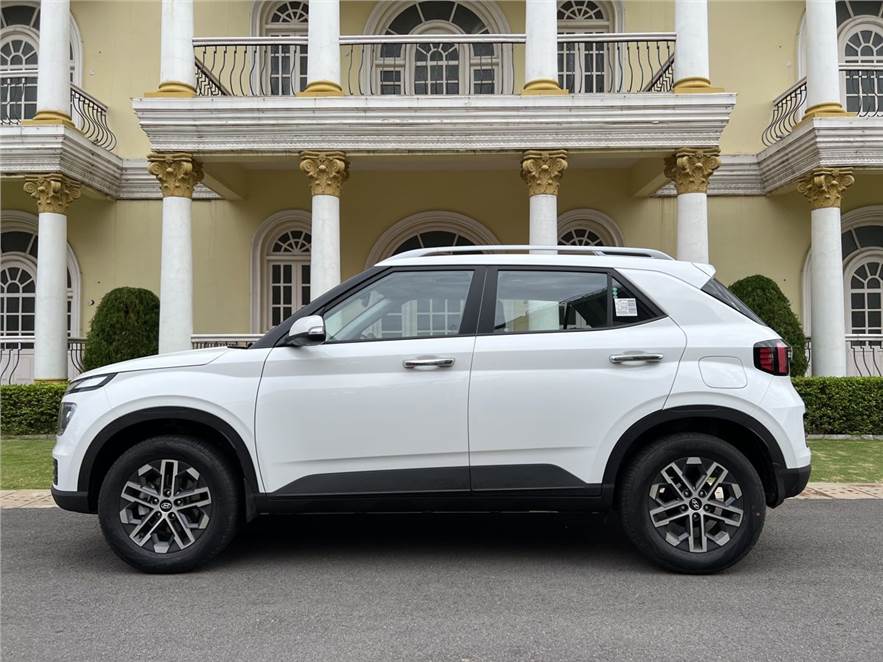
It’s clear that Hyundai’s designers have tried to make the Venue look more mature – and to an extent they have succeeded. It may still not have the road presence of the Sonet or the Nexon, but the overall design does see a significant upgrade.
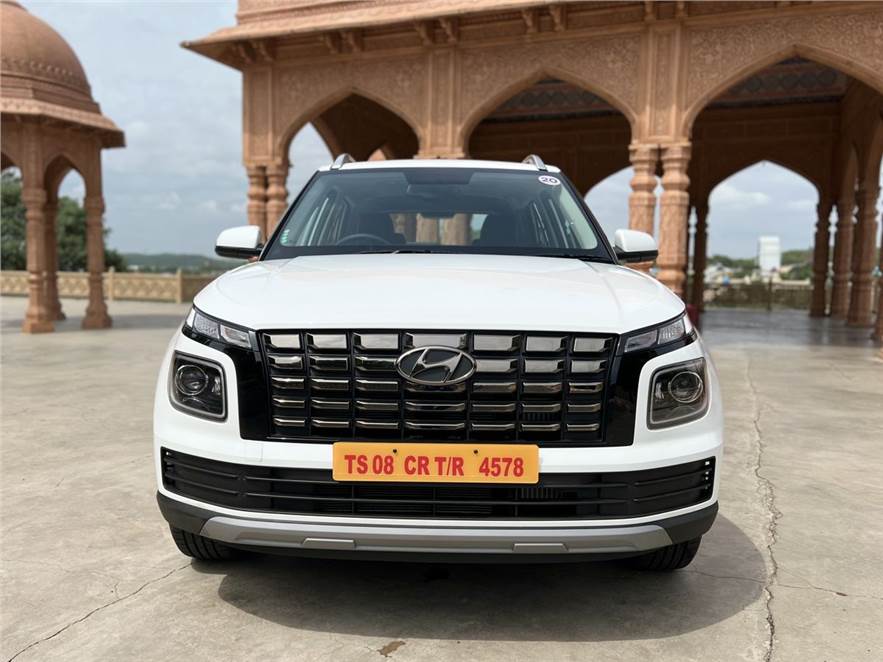
The biggest difference is what is seen up front. The oversized ‘parametric’ front grille with its dark chrome-laden finish is bold and catches the eye. Add to it the split headlamp and indicator setup, and the front fascia looks like it is giving you an angry stare.
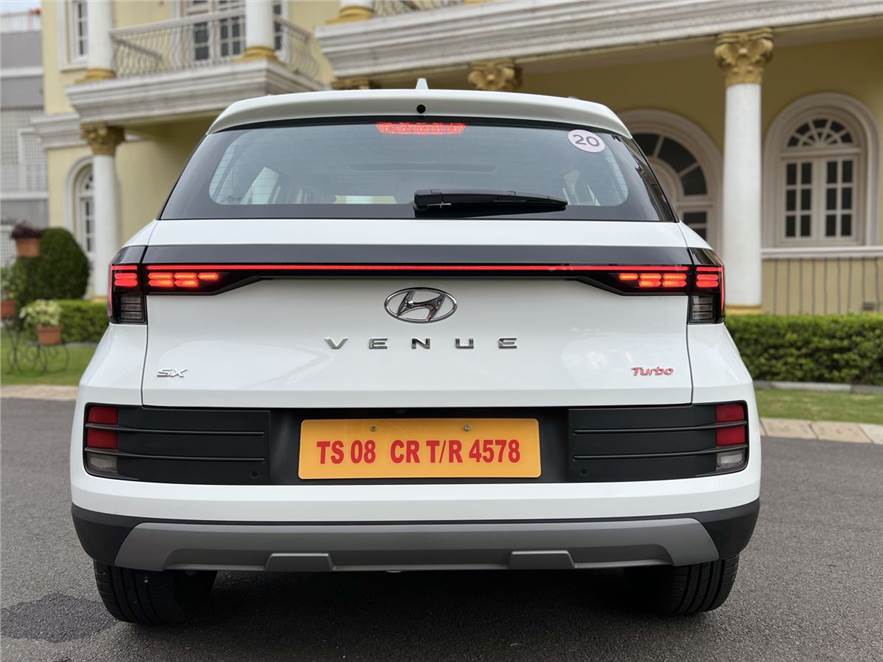
Similarly, the rear too gets a refresh, and the most prominent of changes is the rear tail-lamp that is now connected by an LED light bar. The boxy lights and horizontal design elements do help in accentuating the car’s width. That said, we can’t help but see similarities with a mid-size SUV from a certain German brand.
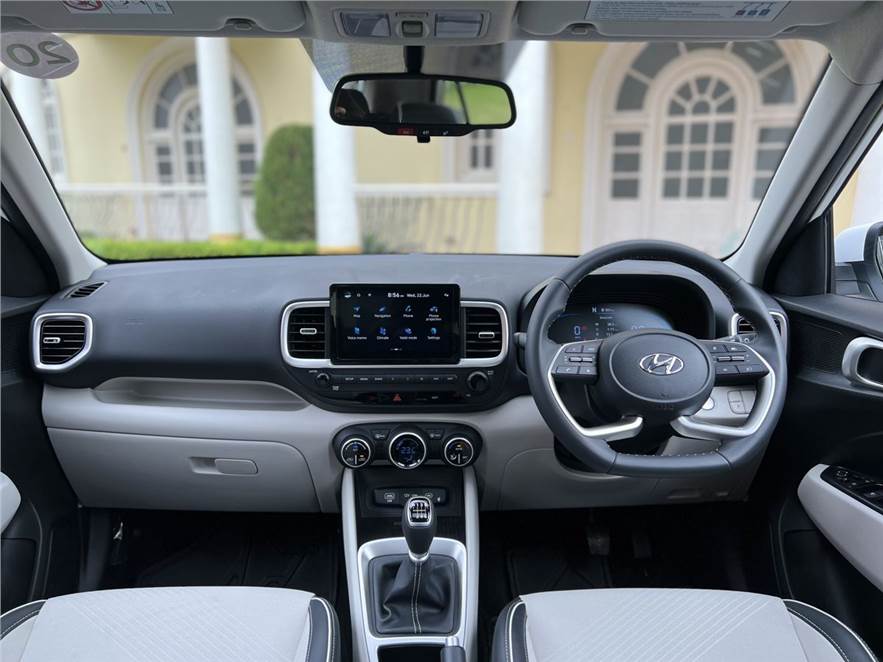
Step into the cabin, and you’re greeted with a dual-tone colour scheme. The black and “greige” (Hyundai’s way of saying grey with a hint of beige) combination makes the cabin feel brighter and spacious. Those who prefer an all-black interior (like us) may have to wait for the much-rumoured N-Line Venue.
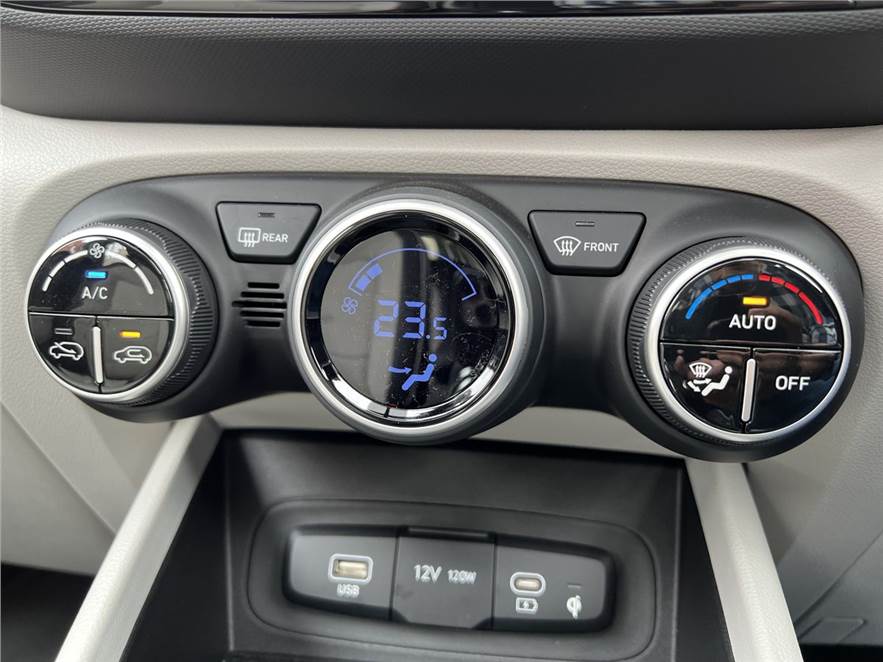

The rear seats get an interesting two-step recline option for the backrest. But with the pull lever located in the corners of the backseat, you need a yogi-level of flexibility to reach to the back and adjust the recline position at the same time.
Tech
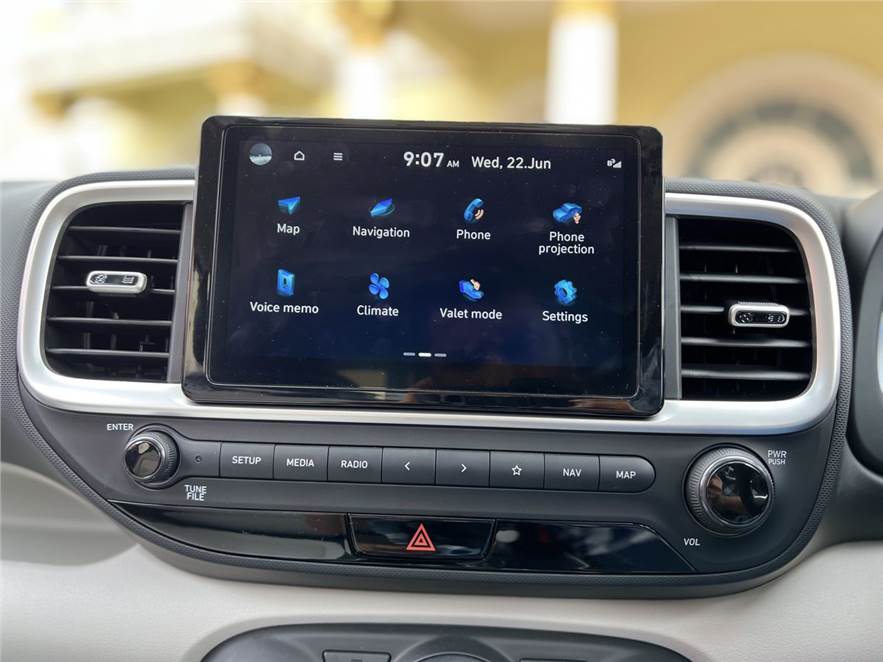

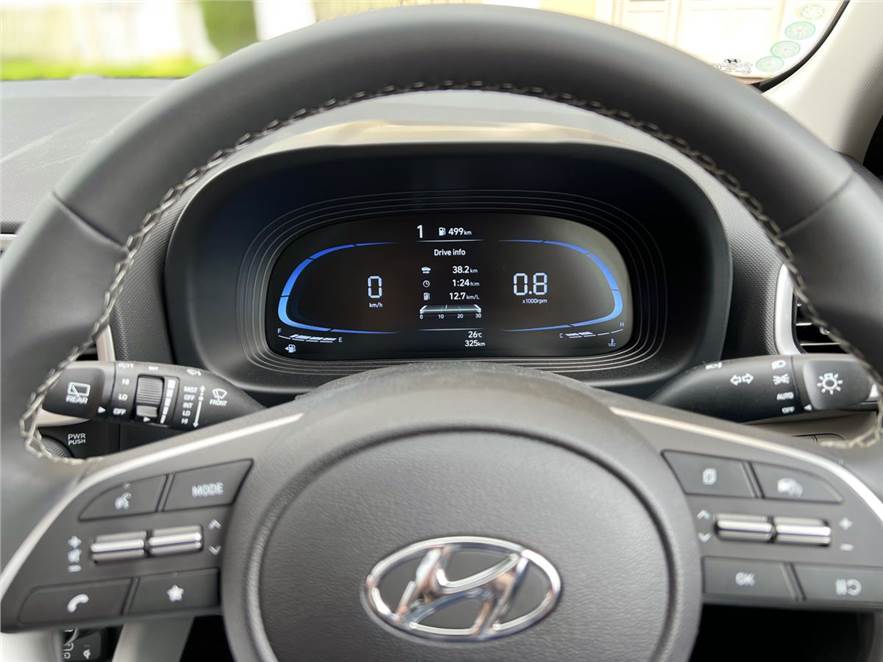
The mile-long feature list also includes wireless phone charger, Type-C USB ports at the front and back, an air purifier built into the arm rest (frees up a cup holder), puddle lamps, cooled glove compartment, and digital driver instrument cluster.
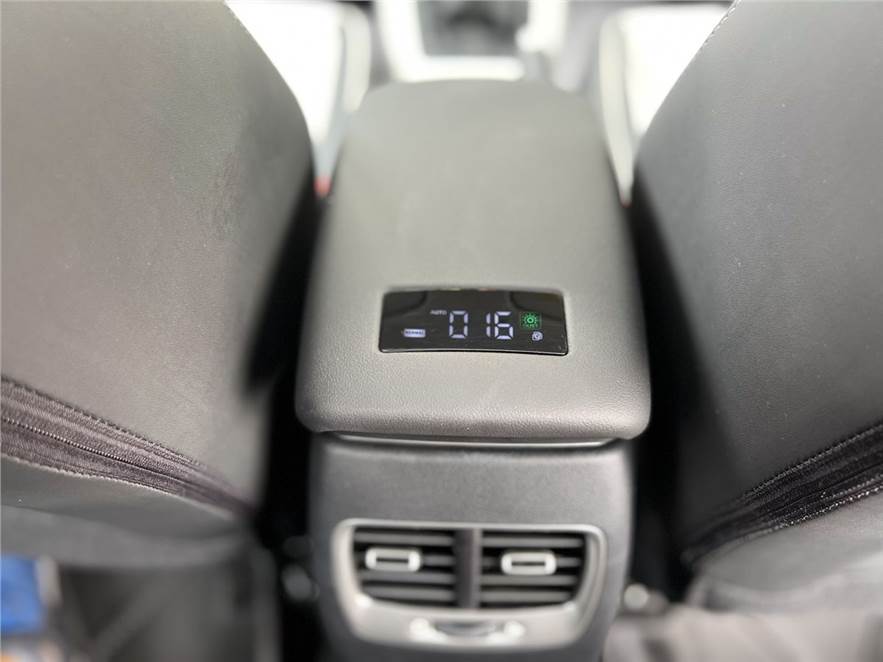
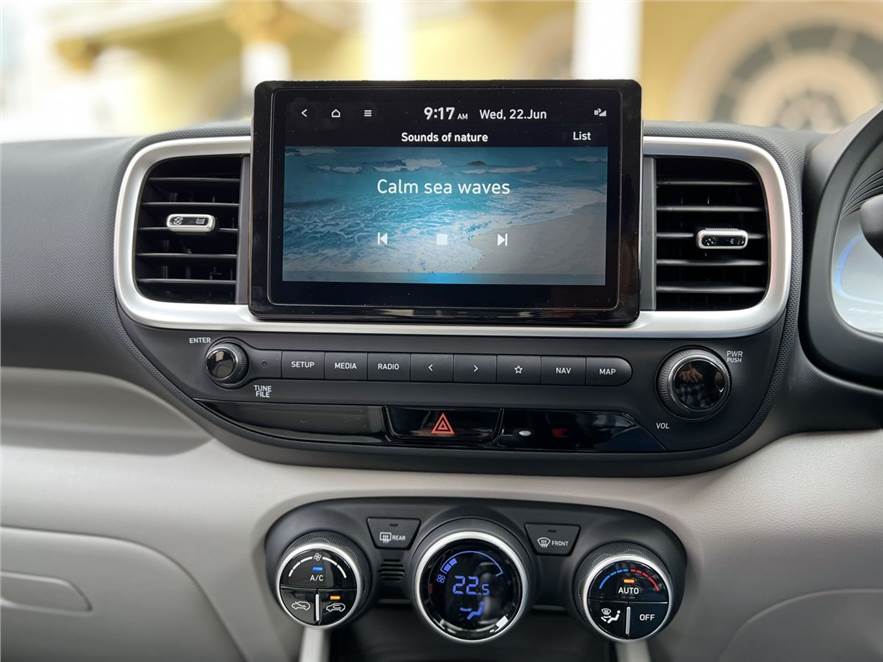
Hyundai has added a new audio-related feature called ambient sound. As the name suggests, there is a list of preloaded audio tracks that are meant to calm you down when stuck in hour-long peak hour traffic. With most streaming services having their own playlists of soothing tracks, this comes across as a gimmick at best.
Driving

Verdict

Stuff Says
Good looking compact SUV that is easy to drive, and comes with oodles of features
|
Good stuff
|
Bad stuff
|
|
|
Specifications
| Engine: | 1.0L Turbo GDi petrol |
| Power: | 120hp / 172Nm |
| Transmission: | iMT |
